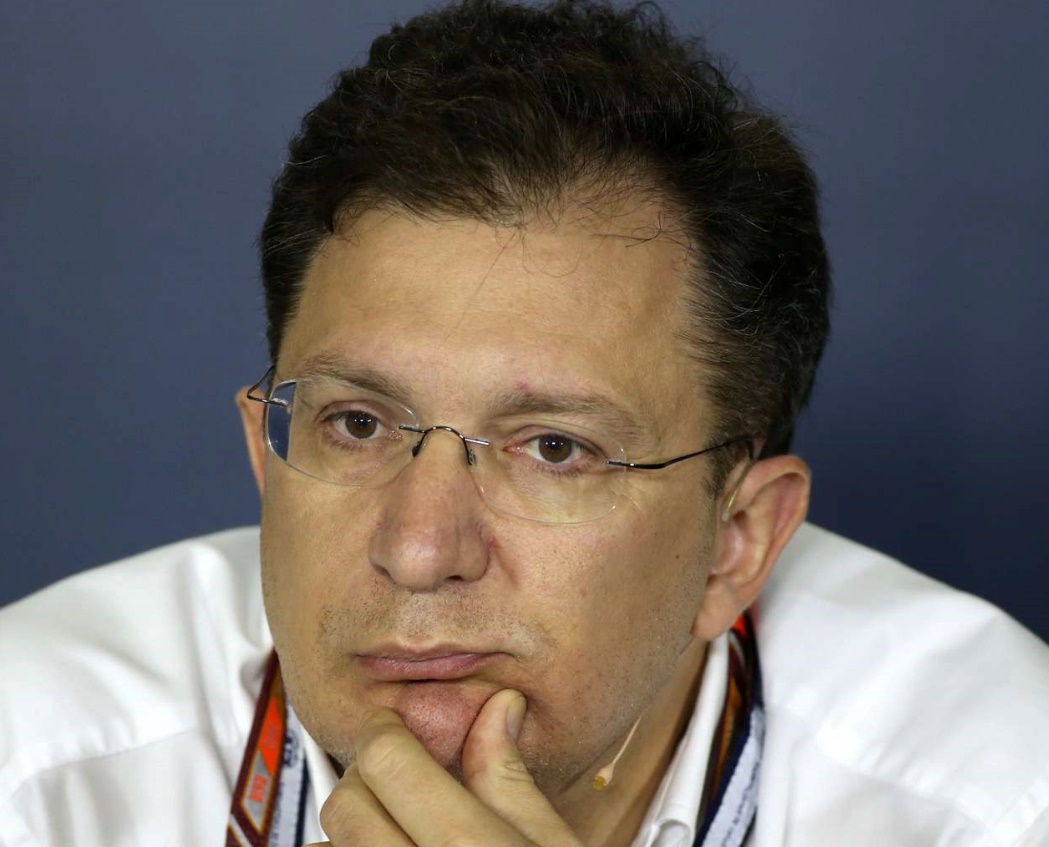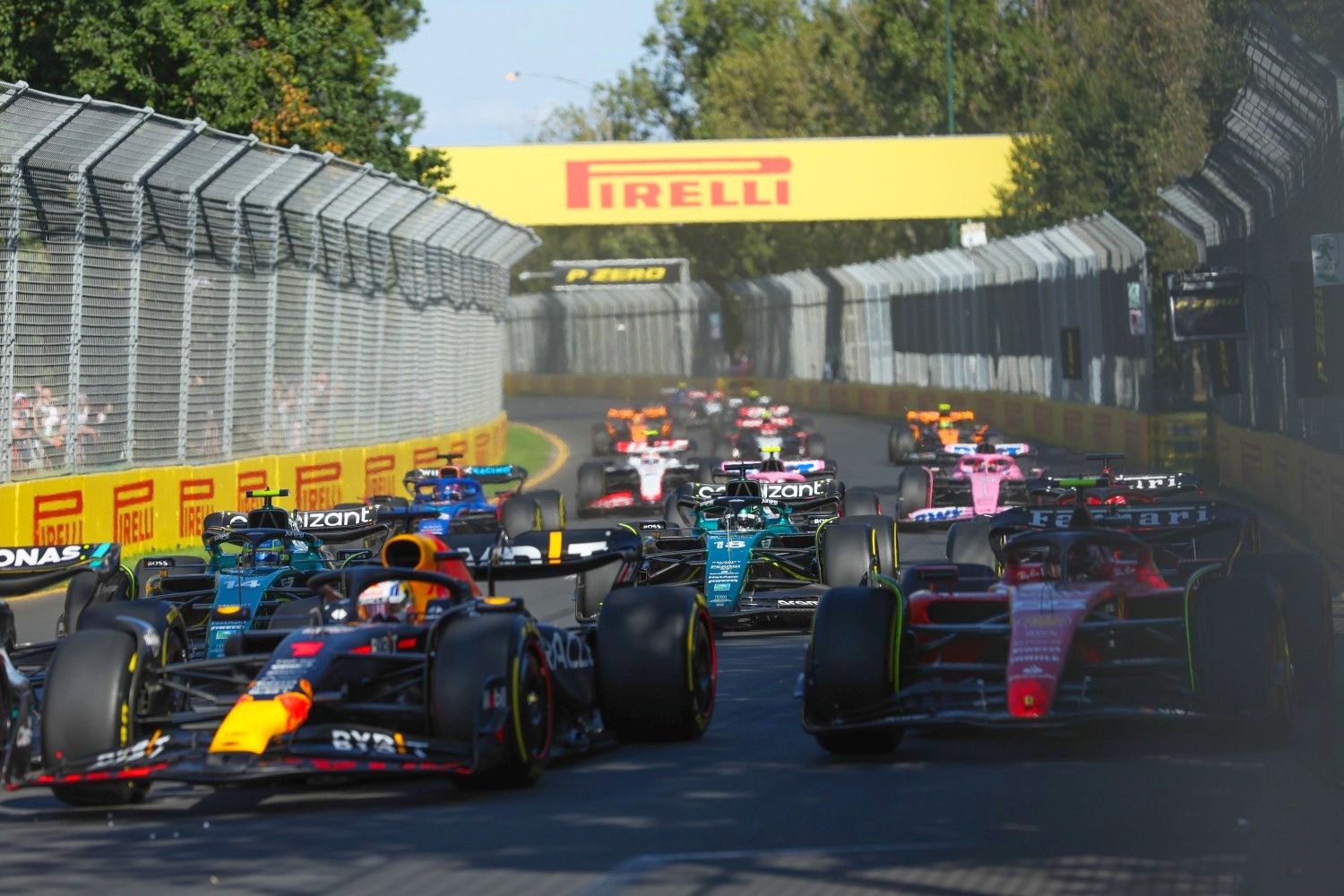F1: FIA official says Red Bull rivals will catch up soon
(GMM) Top FIA official Nikolas Tombazis thinks Red Bull’s rivals will soon prove that the current ‘ground effect’ regulations are not a failure.
At present, although the intention of the rules was for close wheel-to-wheel racing up and down the grid, Max Verstappen and Red Bull are clearly and utterly dominating.
But Tombazis, a well-known former F1 designer at Ferrari who is now the FIA’s ‘single seater director’, thinks it’s wrong to conclude that the rules have failed.
“Putting Red Bull aside, everyone else is close,” he told the Italian newspaper Corriere della Sera. “And I think it’s only a matter of time before performance convergence is achieved.”

Some believe Red Bull’s closest rivals, including Aston Martin, Mercedes and Ferrari, will have edged much closer to the energy drink-owned team once wind tunnel restrictions and the 2021 budget cap breach penalties kick in.
“Maybe it will be achieved in the next few months, maybe it will be early next year,” said Tombazis. “But almost everyone is going towards the Red Bull technical concept – even Mercedes and Ferrari.
“We hope to see very close world championships again, maybe like it was in 2021. But we cannot create them artificially,” he insisted.
Indeed, he thinks making knee-jerk rule changes to close the gap between Red Bull and the others would be wrong.
“We cannot fight against the ability of some to do a better job than others. It must be admitted that there are those who have done better with these rules,” Tombazis added.
And although the regulations are still new, the sport is already now hoping for a better and more competitive situation for the next new set of rules in 2026.
“The new F1 will be defined in June 2024,” Tombazis revealed. “There will be a significant reduction in aerodynamic drag.
“The current F1 cars have an invisible parachute behind them on the straight, and we want to remove it for environmental consistency,” he said.
“By reducing air resistance, the cars may have some moving parts. And this will help on the straights.”
However, he warned that DRS will almost certainly have to still play a role in F1.
“In an ideal world it is conceivable to remove DRS, but in the short term it will not happen because otherwise overtaking would be very difficult,” said the Greek engineer.
“We are no longer in the 80s, when simulations were not so advanced and the differences between one car and the next were great. With the current level of technology, of science, removing the DRS would be a risk for the sport.”
